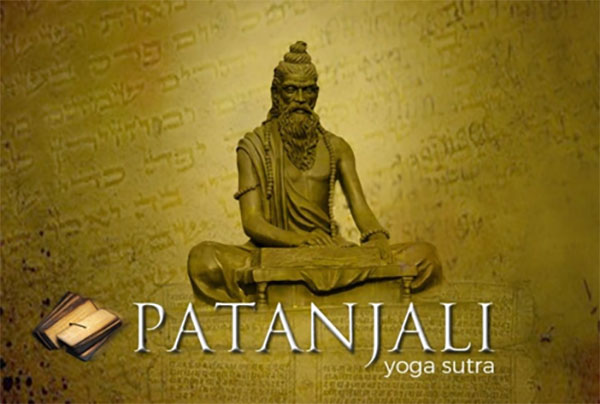Introduction to the Yoga Sutras (Part 2)
The concept of yoga being a path toward discovering the Light of the Soul may be difficult to grasp at first. Patanjali says that the path of yoga can help us to realize that creative force that keeps the universe humming. This behind the scenes energy is identical to the force that keeps us going.
Consciousness is what makes us aware of and able to express this. Understandably, it’s a bit challenging to understand this approach. Its essence is captured beautifully in a quote from the novel Life of Pi: “That which sustains the universe beyond thought and language, and that which is at the core of us and struggles for expression, is the same thing. The finite within the infinite, the infinite within the finite.”
Yoga even goes a step further, for as we all have heard, the word Yoga means literally to yoke or unite. That means that we have the inherent potential to actually unite our soul or Individual Consciousness (life force/creative power) with Universal Consciousness (universe’s life force/creative power).
This is a lofty goal indeed, and patience dictates that we take first things first and learn how we “turn our attention inward” The answer is Patanjali’s Yoga Sutras, his primary contribution towards that goal. His sutras give us a scientific method, a set of practices, and techniques to experiment with. These will slowly sharpen our awareness of our body, mind and breath. Gradually, the subtler aspects of our being will begin to reveal themselves.
An Overview of the Yoga Sutras and their application for students/practitioners of Yoga
Patanjali’s Yoga Sutras consist of four chapters (or books) and the most relevant to a beginning yoga practitioner today is the second chapter called Sadhana pada meaning spiritual path or spiritual practice. Central to this chapter is the description of the well-known “Eight Limbs of Yoga.”
There are no English words that can translate perfectly these concepts which were originally written in the Sanskrit language and each word of each sutra leaves room for interpretation. Every sutra needs to be “decoded” so to speak, and then reviewed until they begin to make sense.
Different commentaries written on the sutras must be analyzed and compared. And this can be a laborious task ever since in the 1980’s and 90’s. This was a period when yoga was rapidly gaining in popularity, especially in the West. Many individual commentaries started to emerge and now we can find hundreds of them written by Yogis, Swamis, scholars, pandits, and philosophers.
All these offer varying perspectives, some of them more relevant than others to our contemporary life. The internet is loaded with examples of these commentaries. Do a “Google search” for Patanjali or the Yoga Sutras and explore them for yourself, see how they apply to you, your practice, and your life.
If we consider “Eight Limbs” the core of Yoga practice, then these eight steps will indicate a logical (and scientific) pathway that leads to the attainment of physical, ethical, emotional, mental and psycho-spiritual health. Remember, Yoga does not seek to change the student or practitioner! Rather, it allows the natural state of total health and integration in each of us to evolve and become a reality.
Next – Patanjali’s Yoga Sutras (Part 1 of 18)
~Rae Indigo
